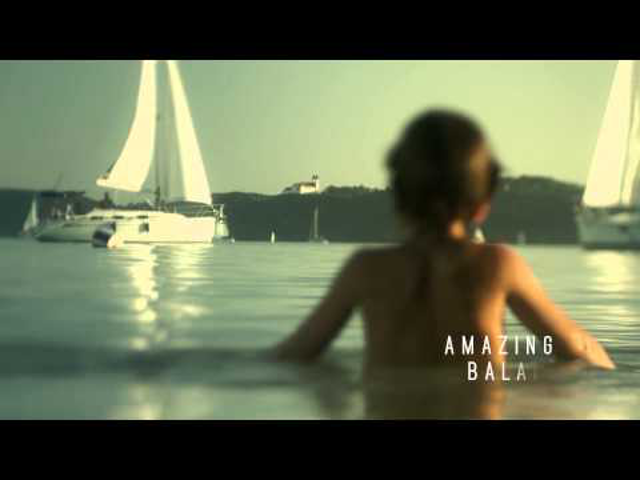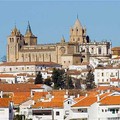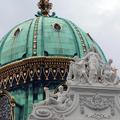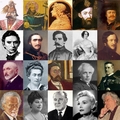Regions in Hungary
REGIONS IN HUNGARY
Western Transdanubia lies across the Danube, stretching west and southwest to the borders with Austria and Slovenia. It’s a region of hills and plains with historically important towns and castles. It is the richest and most developed parts of the country.
Highlights include:
Kőszeg: picturesque downtown, historic castle
Fertőd: the lavish EszterházyPalace
Nagycenk: historic Széchenyi Manor
Sárvár: the magnificent NádasdyCastle and famous Thermal Spa
Pannonhalma: Benedictine Abbey
Győr: Herm of László reliquary at the Cathedral
Sopron: a charming medieval town
Lake Balaton Region includes the largest body of freshwater in Europe (outside Scandinavia) – 78km long, 15km wide
Highlights include:
Veszprém: Castle Hill
Tihany: AbbeyChurch
Keszthely: FesteticsPalace
Hévíz: Europe’s largest thermal lake
Sümeg: picturesque hilltop castle
Southern Transdanubia is bordered by the Danube to the east, the DrávaRiver and Croatia to the south and west, Lake Balaton to the north. It’s mainly flat with the Mecsek and Villány Hills riding from the plains.
Highlights include:
Pécs: the early Christian cemetery (a UNESCO World Heritage Sight since 2000), Zsolnay and CsontváryMuseums, Zsolnay Quarter, the brand new cultural facility
Villány: wine cellars
Gemenc forest: a ride on the narrow-gauge train through the forests
Harkány: thermal baths
Siklós: historic castle and excellent thermal spa
The Great Plain, an enormous prairie that stretches for hundreds of kms east and southeast of Budapest (resembling the Australian Outback)
Highlights include:
Kecskemét: Art Nouveau architecture and the Museum of Naïve Artists
Szeged: hot and spicy fish soup, River Tisza and the MóraMuseum
The Hortobágy Region: a fantastic national park with an iconic bridge. Bird watching and horse riding.
Debrecen: remarkable Calvinist church
Bugac: horse show
LakeTisza: cool waters
Northern Uplands: Hungary’s mountain region, foothills of the Carpathians that roll eastward from the Danube Bend almost as far as Ukraine. The highest peak, Kékes is also located here.
Highlights include:
Balassagyarmat: the PalócMuseum houses a rich collection of folk art
Eger: historic castle, historic stage
Hollókő: the restored castle and living folk traditions (World Heritage Site)
Miskolc, Lillafüred: narrow-gauge railway, beautiful scenery
Tokaj: Rákóczi cellar, where you can taste the country’s most celebrated sweet wine
Zemplén Hills: enjoy the sunset from historic BoldogkőCastle
Aggtelek karst Region with stunning caves (World Heritage site since 1999)
Northeast: this northeast corner encompasses just one administrative county (Szabolcs-Szatmár-Bereg) and is bordered by Slovakia, Ukraine and Romania. A region of gentle hills formed by sand blown from the TiszaRiver Basin.
Highlights include:
Nyírbátor: Gothic Calvinist church and bell tower
Máriapócs: iconostasis and the weeping Madonna at the Greek Catholic Cathedral
Szatmárcseke: ancient cemetery with boat shaped grave markers
Tákos: folk Baroque painted wooden ceiling at the CalvinistChurch
(based on: Hungary by Lonely Planet)





